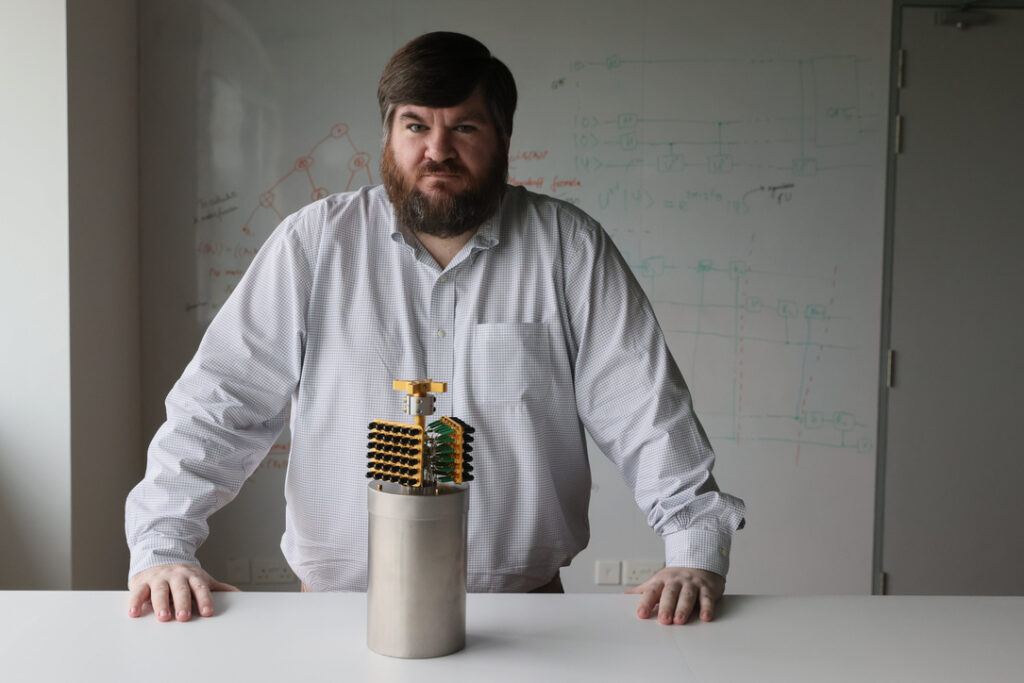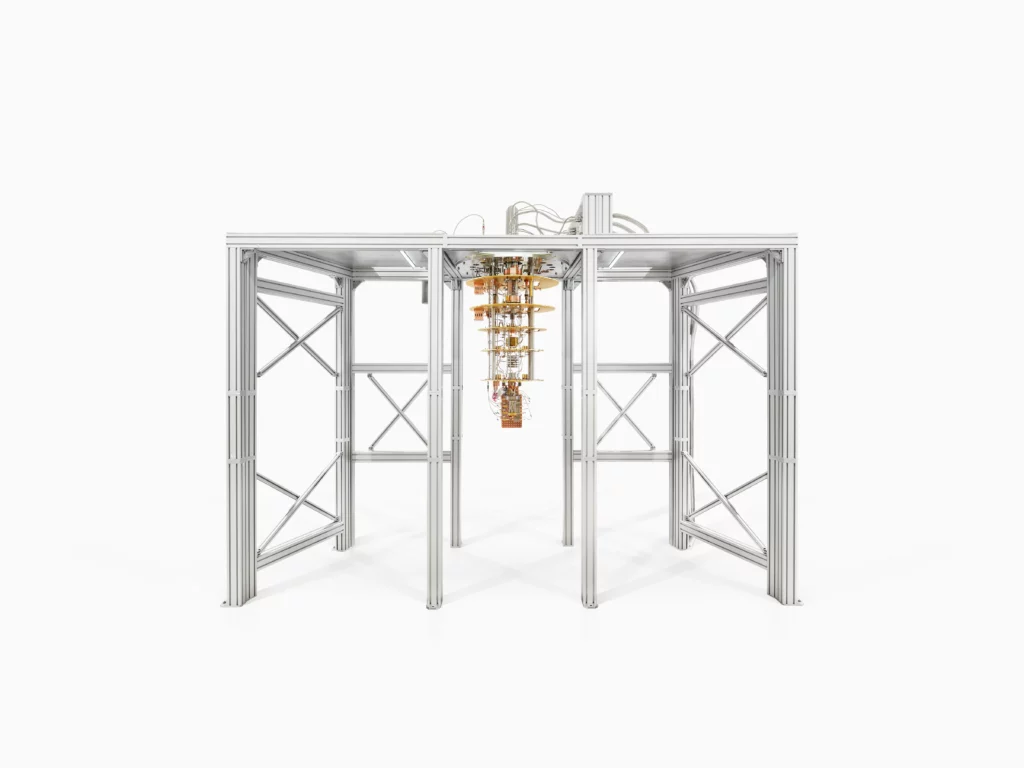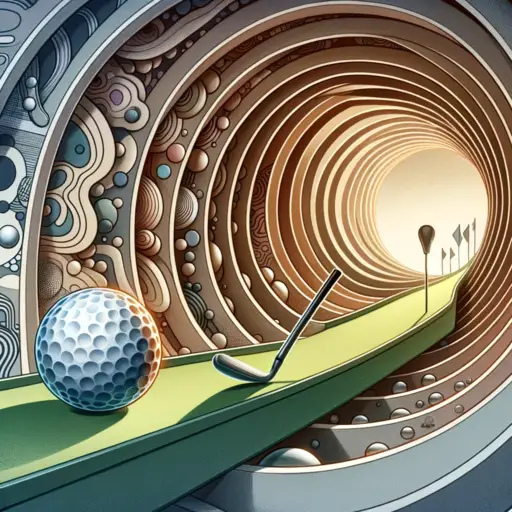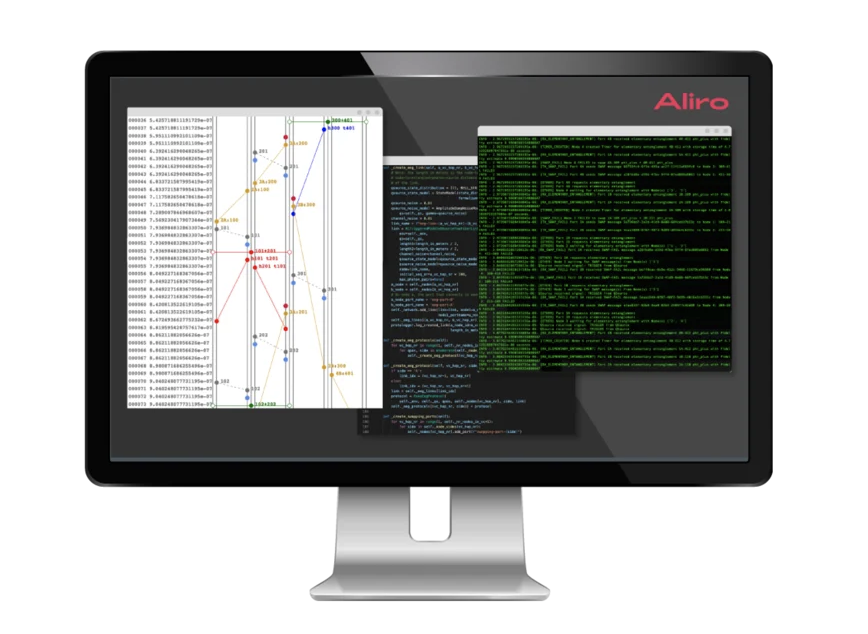
Quantum Treasure Map
A team of physicists from the ARC Centre of Excellence for Engineered Quantum Systems (EQUS) at The University of Queensland have used ML to accurately negotiate a 20-dimensional “quantum treasure map” while creating a new word for quantum lexicography.
The paper, Robust and Efficient High-Dimensional Quantum State Tomography, was published in the science journal Physical Review Letters.
Employing a method called self-guided tomography, Dr Markus Rambach — a physicist from EQUS and The University of Queensland — said the team managed to locate unknown quantum states with more speed and accuracy.
Meet The Quvigint
The research also introduced the ‘quvigint’, similar to a qubit (which is the quantum equivalent of a classical bit that takes on the binary values ‘0’ or ‘1’) with the added benefit it possesses amazingly twenty possible values, rather than just two of your regular qubit. Rambach believes these quvigints are perfect for storing and sending huge amounts of information in a secure manner, though the caveat to this is discovering unknown states becomes exponentially harder in higher dimensions.
Rambach likened it “to navigating a high-dimensional quantum treasure map.”
“We know where we are, and that there’s treasure, but we don’t know which way to go to get to it,” said Rambach.
“Using standard tomography, this problem would be solved by first determining which directions you need to look in to ensure you cover the whole map, then collecting and storing all the relevant data, and finally processing the data to find the treasure.”
“Instead, using self-guided tomography, we pick two directions at random, try them both, pick the one that gets us closer to the treasure based on clues from the machine learning algorithm, and then repeat this until we reach it.”
“This technique saves a huge amount of time and energy, meaning we can find the treasure — the unknown quvigint — much more quickly and easily.”
To demonstrate the team’s method, the researchers replicated a quvigint travelling through the atmosphere, just as it would be when employed to send quantum information between two points of reference on Earth or to a satellite in space.
Due to turbulence as it moves through the atmosphere, the quvigint is modified because standard tomography is very sensitive to this type of noise. However, by employing self-guided tomography the research team managed to reconstruct the original quvigint with a much higher level of accuracy.

On this self-guided tomography, Dr Jacqui Romero, also at EQUS and UQ, said:
“Self-guided tomography is efficient, accurate, robust to noise and readily scalable to high dimensions, such as quvigints.”
While adding:
“Self-guided tomography is a robust tomography method that is agnostic to the physical system, so it can be applied to other systems such as atoms or ions as well.”
This technique could be possibly used, according to the researchers, for applications in any “higher-dimensional system, from a collection of qubits through to individual qudits, and any physical realization, be it photonic, superconducting, ionic, or spin.”





















